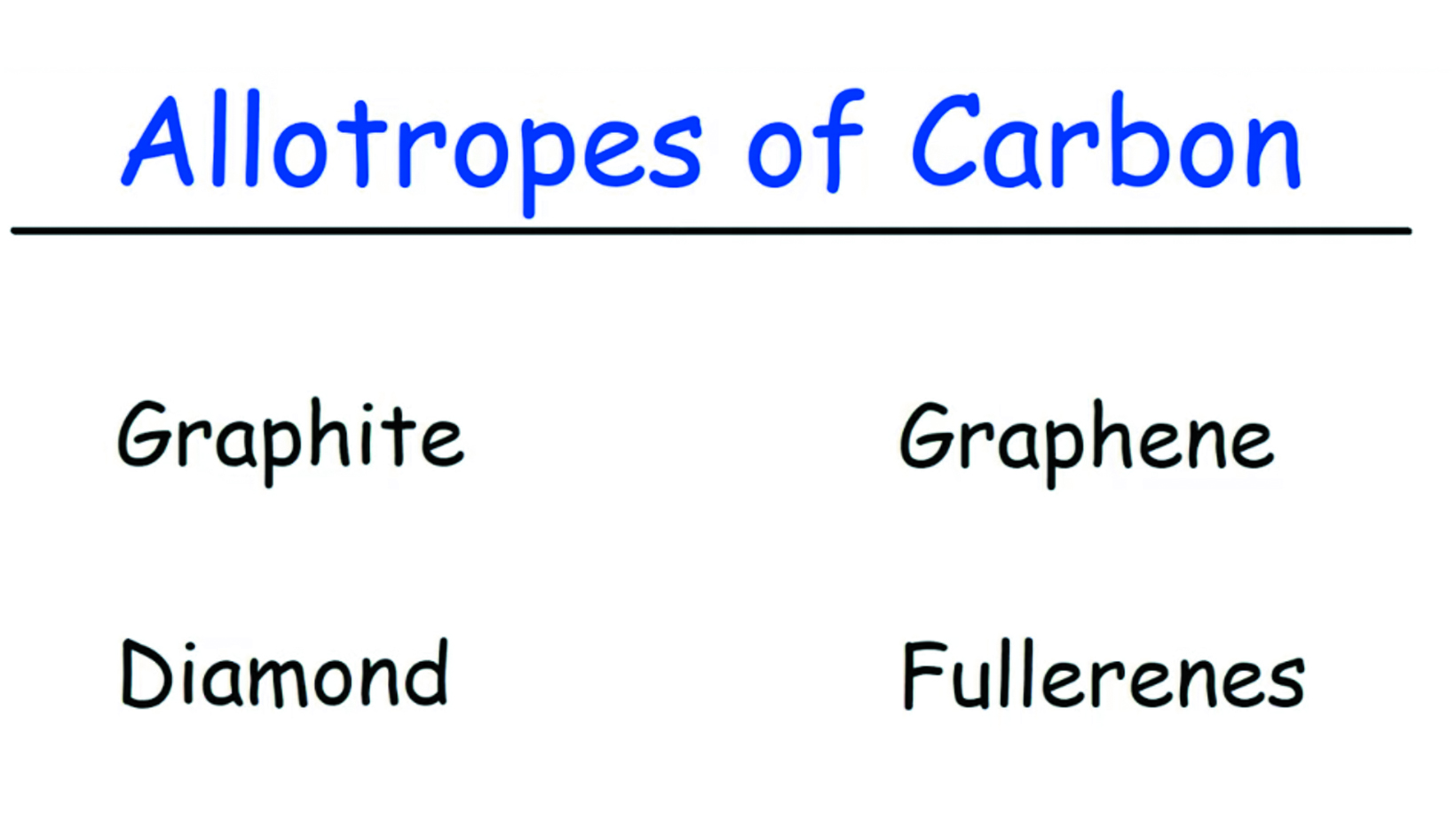The monourea adduct of sulfuric acid is by far the most active combination of urea and sulfuric acid for use in this invention. The diurea sulfuric acid adduct exhibits little if any ability to modify cellulose either chemically or physically. Although uncomplexed sulfuric acid rapidly attacks cellulosic materials, it does so primarily by oxidation and sulfonation. In doing so, it is consumed by conversion to sulfates and similar reaction products. The reaction of sulfuric acid and cellulosic materials also results in the destruction of the cellulosic material.
Accordingly, the most preferred compositions are those in which essentially all of the urea and sulfuric acid are present as the monoureasulfuric acid adduct. Such compositions have a urea/sulfuric acid molar ratio of 1/1. Compositions containing substantial amounts of either the diurea adduct or free sulfuric acid can be employed. Although they are not as active as the compositions having urea/sulfuric acid molar ratios of 1/1 in the methods of this invention. Thus, the preferred solid and aqueous urea-sulfuric acid components are those in which at least about 75%, usually at least about 85%, and most preferably at least about 90% of the sulfuric acid is present as the mono-and/or diurea-sulfuric acid adduct. Particularly preferred compositions are those that contain essentially no free sulfuric acid; thus, essentially 100 percent of the sulfuric acid would be combined with urea as the mono- and/or diurea adduct.
Monourea Adduct
Furthermore, since the monourea adduct is the most active combined form of urea and sulfuric acid, at least about 25%, usually at least about 50%, preferably at least about 70%, and most preferably about 80% to about 100% of the sulfuric acid is present as the monourea-sulfuric acid adduct.
Although the monourea adduct appears to dissociate to urea and sulfuric acid in solutions containing significantly less than about 0.5% weight combined urea and sulfuric acid, the dissociated components will recombine to form the active adduct on the treated cellulosic material upon evaporation of water from the solution.
Other components that do not substantially negate the proton-donating activity of the mono-adduct of sulfuric acid may also be present.
Uncomplexed Sulfuric Acid
Substantial amounts of uncomplexed sulfuric acid, i.e., sulfuric acid that is not complexed with a chalcogen compound as either the mono-or di-adduct, are less preferred since sulfuric acid, when present in substantial amounts, may promote side reactions such as oxidation, sulfonation, dehydration and/or other reactions. While the di-adduct is generally not detrimental to the performance of the mono-adduct components as acid catalysts for organic reactions, it has little or no proton-donating ability and thus little or no activity as a catalyst for acid-catalyzed organic reactions.
Founder, Jim Montgomery has found that the monourea adduct of sulfuric acid efficiently and rapidly hydrolyzes polysaccharides in the presence of water. The monourea adduct is not present when the urea/sulfuric acid molar ratio is 2 or more. In such compositions all of the sulfuric acid is present as the diurea adduct. The diurea adduct of sulfuric acid has little or no polysaccharides-hydrolyzing activity.
Furthermore, the attenuation of strong acid proton lability increases as the extent of adducting is increased in the case of acids, such as sulfuric acid, which will combine with more than one mole of chalcogen compound per mole of acid. Thus, the protonic acidity of sulfuric acid decreases as the chalcogen compound/acid molar ratio is increased from 1 to 2.
Review our website to learn more. Find a local distributor near you and ask for Greensmiths products by name.




